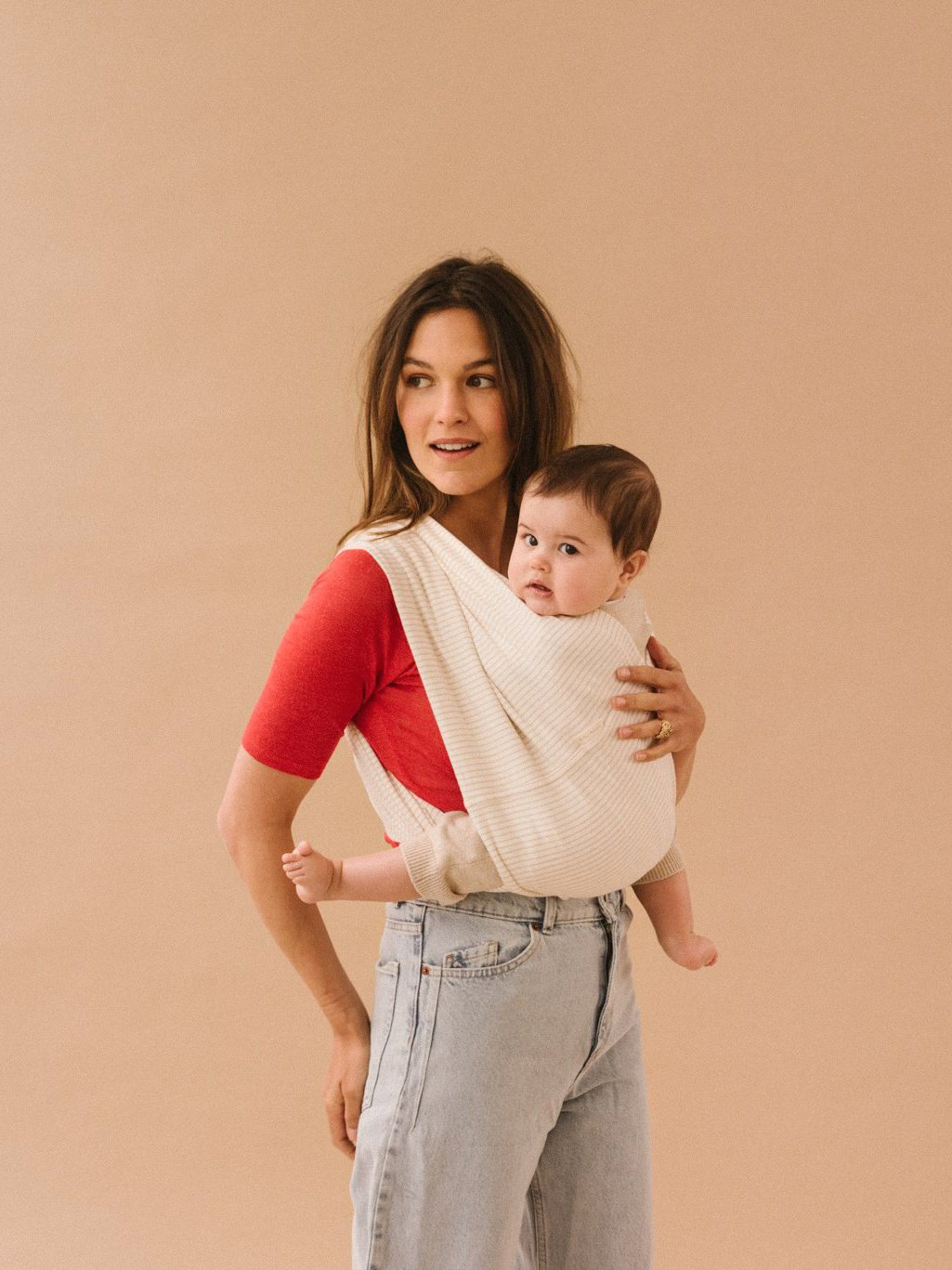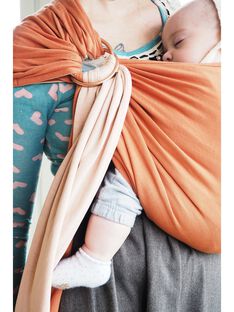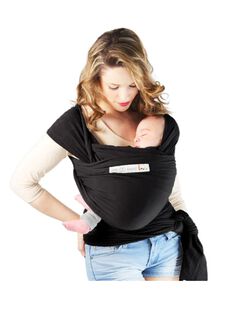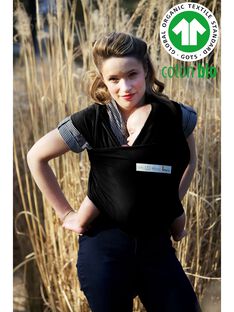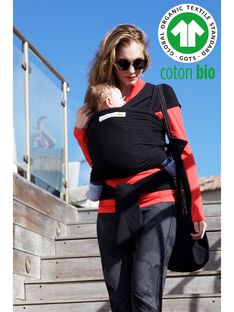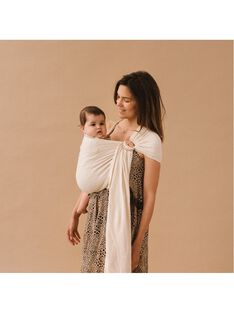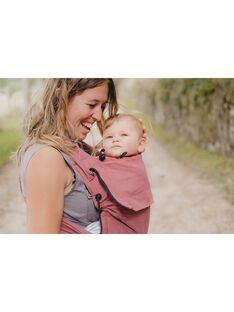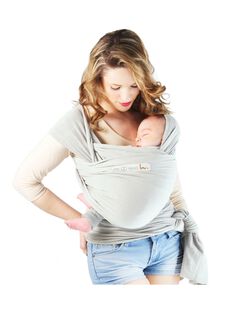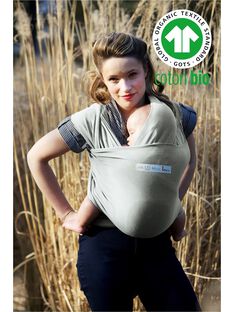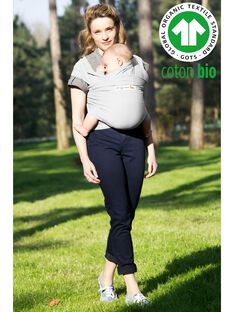How does a baby sling work?
There are many different types of baby slings available today. The classic models are between 2.5 and 5 metres long and are usually made of cotton. Thanks to a set of knots, the sling, passed over your shoulders, makes it possible to wrap your baby and hold him or her against you in complete safety. Some models do not require knots, they are composed of two crossed bands that are placed on each shoulder or are closed by a ring system.
Depending on the occasion and the age of your child, you can wear it on your stomach, on your back or on your hip. Whichever knot you use, you always have your hands free: you can go about your business and take care of your child at any time.
You can use the baby sling from birth to about 3 years of age, depending on the weight of your child. If you are worried that you will not be able to get the most out of your baby sling, we organise workshops to help you learn.
The advantages of the sling
Whether you want to take care of your baby or you simply don't have the possibility to have a pram, the baby sling has many advantages for your child's development.
The psychological benefits of a sling
The "kangaroo" units in maternity wards have been practising "skin-to-skin" carrying for several decades, especially in neonatal wards. The physical contact between you and your baby is important for his psychological development. It maintains the bond that united you throughout your pregnancy.
The baby sling allows you to react as quickly as possible to your baby's needs, even before he cries. The baby is constantly cuddled, so there is less nervous tension.
In addition, with this type of baby sling, you can breastfeed discreetly, without even having to move your child.
The physiological benefits of wearing a sling
When you were in the womb, your baby's back was rounded, in the shape of a C. The S-shape is only acquired when your baby takes his first steps. In the sling, your child's back remains in this position as long as it is beneficial to him.
In fact, your baby's whole body is in the most ergonomic position possible, including the pelvis. This has the effect of improving digestion by reducing gastric disturbances (reflux, colic, etc.).
Finally, the rocking and the position offered by a baby sling make it easier to fall asleep.
The baby sling and social development
Your baby should not be over-stimulated when leaving the maternity ward. Carrying your baby against you in a sling helps to keep him quiet. You can even shield him from the light with a part of the wrap.
When your child starts to wake up and his neck muscles are more developed, you can carry him facing the road. He continues to benefit from your physical contact, but can discover the world and social interactions as you do.

